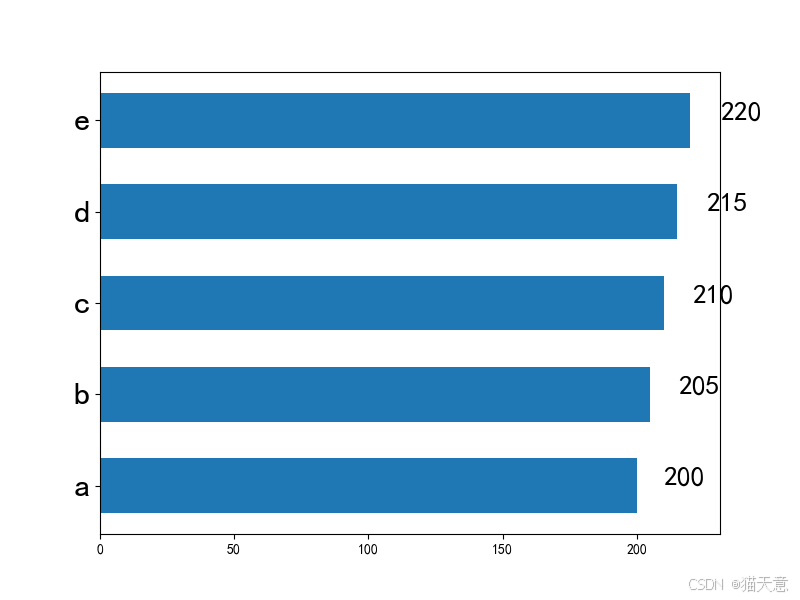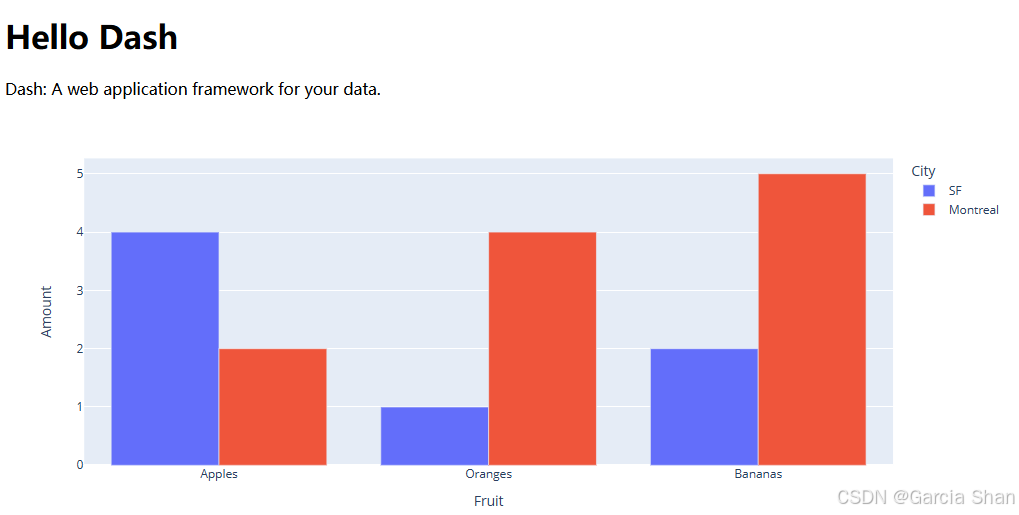文章目录
- 1.队列
- 1.1 队列的概念及结构
- 2. 队列的实现
- 2.1 准备工作
- 2.2 队列的初始化
- 2.3 队尾入队列
- 2.4 队头出队列
- 2.5 获取队列头部元素
- 2.6 获取队列队尾元素
- 2.7 获取队列有效元素个数
- 2.8 检测队列是否为空
- 2.9 销毁队列
- 3. 代码整合
1.队列
1.1 队列的概念及结构
队列:只允许在一端进行插入数据操作,在另一端进行删除数据操作的特殊线性表,队列具有先进先出FIFO(First In First Out)
入队列:进行插入操作的一端称为队尾。
出队列:进行删除操作的一端称尾队头。
2. 队列的实现
队列和栈一样,既可以用数组来实现也可以用链表来实现,不过因为队列不仅会用到队尾还会用到队头的特性,用链表来实现更优一些,用数组会降低效率。
入队演示

出队演示

2.1 准备工作
创建两个结构体,一个结构体用来维护队列的节点,一个结构体用来维护队列的首尾。
还可以在queue中再维护一个size,用来记录链表的节点数量。当然这里我没有这样写
#define Datatype int
//节点,维持队列的节点
typedef struct Node
{
Datatype data;
struct Node* next;
}Node;
//队列,维护队列的头和尾
typedef struct Queue
{
Node* front;
Node* tail;
}Queue;
2.2 队列的初始化
因为初始时是没有节点的,把队列的首尾都初始化尾NULL
//初始化
void InitQueue(Queue* pq)
{
assert(pq);
pq->front = NULL;
pq->tail = NULL;
}
2.3 队尾入队列
创建节点后开始判断,如果当前节点为空,那么我们就把队列的头和尾都指向这个新创建的节点。
如果队列已经有节点了,那么我们就把它链接的队尾的next,然后再更新队尾指针。
//队尾入队列
void PushQueue(Queue* pq, Datatype x)
{
assert(pq);
//创建节点
Node* newnode = (Node*)malloc(sizeof(Node));
if (newnode == NULL)
{
perror("malloc");
exit(-1);
}
newnode->data = x;
newnode->next = NULL;
if (pq->tail == NULL)//如果队列为空
{
//此时队头和队为指向同一节点
pq->front = newnode;
pq->tail = newnode;
}
else
{
pq->tail->next = newnode;
//更新队尾指针
pq->tail = newnode;
}
}
2.4 队头出队列
出队列就是要删除嘛,不能是空的,为此我们加一个断言就好了。
删除队列节点时,因为是队首节点,删它前我们先要找到队首节点的下一个节点以防链表丢失,然后更新队首指针。
注意:如果队列就只有一个节点,再删除后要感谢队首和队尾指针。
。
//队头出队列
void PopQueue(Queue* pq)
{
assert(pq);
assert(pq->front);//防止队列为空
if (pq->front == pq->tail)
{
free(pq->front);
pq->front = pq->tail = NULL;
return;
}
Node* cur = pq->front->next;
free(pq->front);
pq->front = cur;
}
2.5 获取队列头部元素
因为队首指针存在,直接返回队首指针指向节点的值。
//获取队列头部元素
Datatype FrontQueue(Queue* pq)
{
assert(pq);
assert(pq->front);
return pq->front->data;
}
2.6 获取队列队尾元素
因为队尾指针存在,直接返回队尾指针指向节点的值。
//获取队列队尾元素
Datatype BackQueue(Queue* pq)
{
assert(pq);
assert(pq->tail);
return pq->tail->data;
}
2.7 获取队列有效元素个数
因为在准备阶段我们并没有用队列维护一个size,所以这里要遍历队列来求有效元素的个数。
//获取队列有效元素个数
int SizeQueue(Queue* pq)
{
assert(pq);
int sz = 0;
Node* cur = pq->front;
while (cur)
{
sz += 1;
cur = cur->next;
}
return sz;
}
2.8 检测队列是否为空
检测队列是否为空,如果为空返回真,否则返回假,注意别搞反了!
//检测队列是否为空,如果为空返回真,否则返回假
bool EmptyQueue(Queue* pq)
{
assert(pq);
return pq->front == NULL;
}
2.9 销毁队列
使用了动态内存一定要记得销毁,不然会有内存泄漏的~
//销毁队列
void DestoryQueue(Queue* pq)
{
assert(pq);
Node* cur = pq->front;
while (cur)
{
Node* next = cur->next;
free(cur);
cur = NULL;
cur = next;
}
}
3. 代码整合
//queue.h
#include <stdio.h>
#include <assert.h>
#include <stdlib.h>
#include <stdbool.h>
#define Datatype int
//节点,维持队列的节点
typedef struct Node
{
Datatype data;
struct Node* next;
}Node;
//队列,维护队列的头和尾
typedef struct Queue
{
Node* front;
Node* tail;
}Queue;
//初始化
void InitQueue(Queue* pq);
//队尾入队列
void PushQueue(Queue* pq, Datatype x);
//队头出队列
void PopQueue(Queue* pq);
//获取队列头部元素
Datatype FrontQueue(Queue* pq);
//获取队列队尾元素
Datatype BackQueue(Queue* pq);
//获取队列有效元素个数
int SizeQueue(Queue* pq);
//检测队列是否为空,如果为空返回真,否则返回假
bool EmptyQueue(Queue* pq);
//销毁队列
void DestoryQueue(Queue* pq);
//queue.c
#include "queue.h"
//初始化
void InitQueue(Queue* pq)
{
assert(pq);
pq->front = NULL;
pq->tail = NULL;
}
//队尾入队列
void PushQueue(Queue* pq, Datatype x)
{
assert(pq);
//创建节点
Node* newnode = (Node*)malloc(sizeof(Node));
if (newnode == NULL)
{
perror("malloc");
exit(-1);
}
newnode->data = x;
newnode->next = NULL;
if (pq->tail == NULL)//如果队列为空
{
//此时队头和队为指向同一节点
pq->front = newnode;
pq->tail = newnode;
}
else
{
pq->tail->next = newnode;
pq->tail = newnode;
}
}
//队头出队列
void PopQueue(Queue* pq)
{
assert(pq);
assert(pq->front);
if (pq->front == pq->tail)
{
free(pq->front);
pq->front = pq->tail = NULL;
return;
}
Node* cur = pq->front->next;
free(pq->front);
pq->front = cur;
}
//获取队列头部元素
Datatype FrontQueue(Queue* pq)
{
assert(pq);
assert(pq->front);
return pq->front->data;
}
//获取队列队尾元素
Datatype BackQueue(Queue* pq)
{
assert(pq);
assert(pq->tail);
return pq->tail->data;
}
//获取队列有效元素个数
int SizeQueue(Queue* pq)
{
assert(pq);
int sz = 0;
Node* cur = pq->front;
while (cur)
{
sz += 1;
cur = cur->next;
}
return sz;
}
//检测队列是否为空,如果为空返回真,否则返回假
bool EmptyQueue(Queue* pq)
{
assert(pq);
return pq->front == NULL;
}
//销毁队列
void DestoryQueue(Queue* pq)
{
assert(pq);
Node* cur = pq->front;
while (cur)
{
Node* next = cur->next;
free(cur);
cur = NULL;
cur = next;
}
}
//test.c
#include "queue.h"
void test1()
{
//Queue q;
//InitQueue(&q);
//PushQueue(&q,1);
//PushQueue(&q,2);
//PushQueue(&q,3);
//PushQueue(&q,4);
//printf("%d\n", SizeQueue(&q));
//printf("%d\n", BackQueue(&q));
//printf("%d\n", FrontQueue(&q));
//DestoryQueue(&q);
}
int main()
{
test1();
return 0;
}
完




















